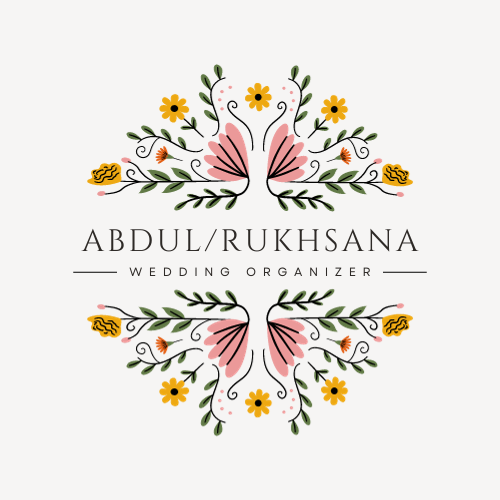
Wedding Decor and Design
Wedding decor and design play a significant role in creating a beautiful and memorable atmosphere for a wedding. It involves planning and implementing a cohesive visual theme, color scheme, and aesthetic elements that reflect the couple's style and preferences.
Here’s a detailed description of what’s involved in wedding decor and design:
Initial Consultation: The process often begins with an initial consultation between the couple and a wedding decorator or designer. During this meeting, the couple discusses their vision, theme, color preferences, and budget. The decorator or designer then provides recommendations and ideas based on the couple’s input.
Theme and Concept: The decorator and the couple collaborate to choose a theme or concept that sets the tone for the wedding. Themes can range from classic and elegant to rustic, vintage, bohemian, modern, or culturally specific themes. The chosen theme informs all design decisions.
Color Palette: The selection of a color palette is a crucial step. The decorator helps the couple choose a harmonious set of colors that will be used throughout the decor, from floral arrangements to table settings and more. The colors should complement the theme and the overall ambiance.
Venue Selection: The decor and design process should take the wedding venue into account. The decorator assesses the space and its architectural features to plan how the design elements will work within the venue’s layout.
Floral Design: Flowers are a significant part of wedding decor. The decorator works with florists to select floral arrangements that fit the theme and color scheme. This includes centerpieces, bouquets, floral arches, and other decorative elements.
Table Settings: The decorator chooses or designs table settings that align with the theme and color palette. This includes tablecloths, napkins, place cards, tableware, and glassware. Attention to detail is essential.
Lighting: Lighting plays a vital role in setting the mood of the wedding. Decorators often incorporate various lighting elements, such as candles, chandeliers, string lights, and uplighting, to create a warm and inviting atmosphere.
Furniture and Seating: The choice of furniture, chairs, and seating arrangements should be in line with the overall design concept. This includes selecting or renting items like chairs, couches, and specialty furniture pieces.
Decorative Elements: Decorators may incorporate decorative elements such as drapery, linens, signage, and props to enhance the theme and ambiance. These can include backdrops, banners, and decorative screens.
Wedding Aisle and Altar: If the wedding involves a ceremony, the decorator plans the decor for the wedding aisle and altar. This might include floral arrangements, arches, and other decorative elements to create a stunning focal point.
Personalization: The decor and design should reflect the couple’s personality and story. Personal touches like monograms, photographs, and meaningful symbols can be integrated into the decor.
Coordination: On the wedding day, the decorator ensures that all design elements are executed as planned. They work closely with other vendors, such as florists, caterers, and lighting technicians, to bring the design to life.
Maintenance and Cleanup: After the wedding, the decorator is often responsible for dismantling and cleaning up the decor. This includes the removal of floral arrangements, table settings, and any other decorative elements.
Budget Management: Throughout the process, the decorator helps the couple stay within their budget, offering cost-effective solutions and alternative options when necessary.
Wedding decor and design are essential for creating an enchanting and personalized atmosphere for the wedding day. It requires careful planning, creativity, and attention to detail to ensure that the decor aligns with the couple’s vision and makes the celebration truly special.
